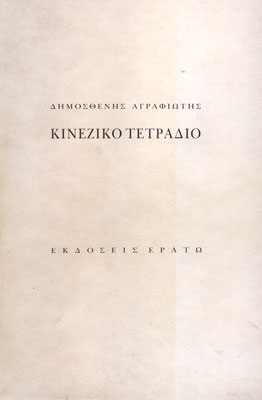
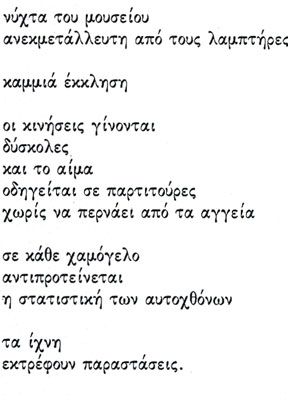
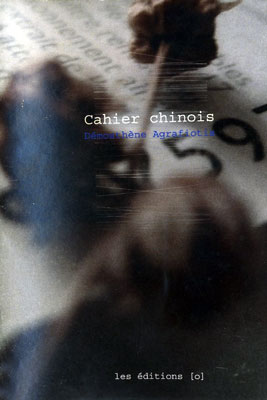
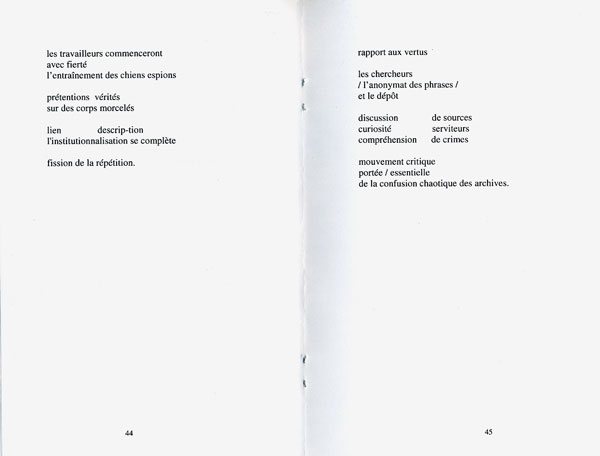
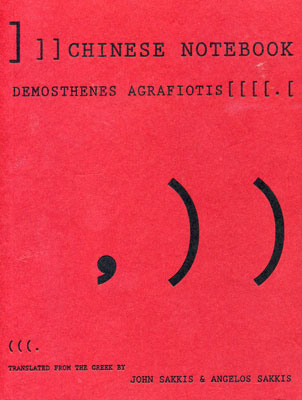

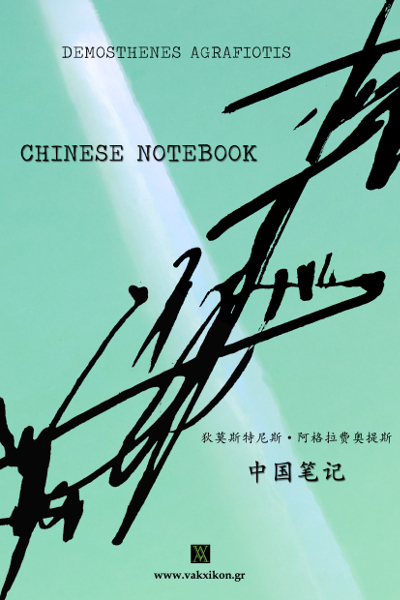

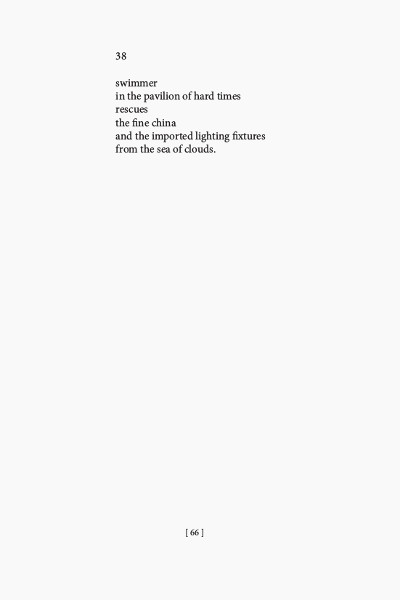
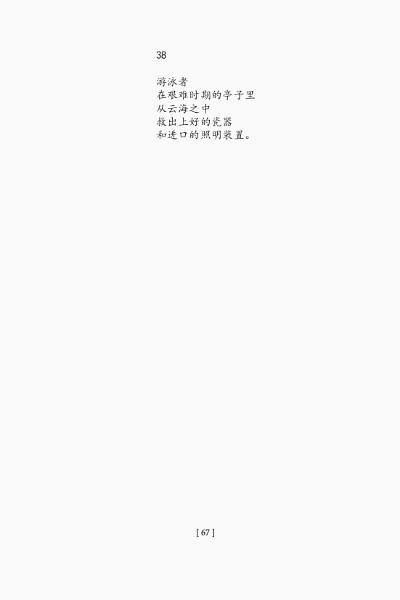
- <
- 1
- 2
- 3
- 4
- 5
- 6
- 7
- 8
- 9
- 10
- >
In Greek
“Chinese notebook”, Erato Editions, Athens, 1988.
In English
“Chinese Notebook“, (Tr. A. Sakkis and J. Sakkis), Ugly Duckling Press, N.Y., USA, 2010.
In French
“Cahier Chinois”, Traduction, Michele Valley, Editions [0], Bordeaux, 2008.
In English & Chinese (e-book)
“Chinese notebook / 中国笔记“, (English tr:. A. Sakkis and J. Sakkis / Chinese tr: Anne Hua, critical reading: Zhang Yuan) Vakxikon editions, 2015
Related activity
- Reading/Performance, Ugly Duckling Presse, American Can Factory, Brooklyn, 09/10/2010 (By the occasion of the publication of the book in English)
- Projection of “Chinese Notebook”, performance “Mano à Mano” with Chiara Mulas (Sardernia, Italy), Place de la Halle, Gallery of Group 9, 23/07/2010.
- Performance / reading / projection of videopoems “Calligraphein”I music D. Kamarotos, Graphics A. , Bissogiannis, “Chinesse notebook”, music M. Paleologou, Poets House, NY, 06 Oct. 2010. www.poetshouse.org. programming.htm.
- Performance – lecture – reading Birkbeck College, Guildhall School of Music and Drama:“Chinese notebook” poems of D. Agrafiotis, MusicMichail Paleologon, Violin Filip Lipski and cello Natasha Zielazinski, Curator – Organiser, Professor William Rowe, 28/04/2009. http://www.bbk.ac.uk/readings/issues/issue5/michail_demosthenes
About the book
The first version of the “Chinese notebook” was written in a notebook – with a black and red cover – which was made in China. The poems refer to the “raw material” of poetry, letters and words but they aim to be pinpointed, to get involved in the realities of modern societies and especially in globalisation and “consumer capitalism”.
The interest in the raw material – letters and words – concentrates on the ways and places where the alphabets allow written poetry to formulate networks-ensembles of meanings interacting with the flow of things. Most importantly, in how does the request and ambition of poetry to be placed in the network of “visible/readable/verbal/oral/written” arise and how can it compete with the other institutions of expression, such as the scientific discourse, essays, art, prophesy…
As for the relevance of poetry to the events, the “Chinese notebook” is trying to show that poetry still owns an armoury of inventions in order to approach metaphysical foundations, cultural poverty and increased homogenisation at a global level, due to the ambiguous intrusion of rationality of the so-called techno-economic rationality or the modernisation of the market.
Demosthenis Agrafiotis’s preference for poetry based on letters is an opportunity to pose a number of questions on the limits and the potentialities of writing systems using alphabets in comparison to the systems using ideograms. In addition, the conversion of poems into mega-ideograms is a “strategy” so that the powerful and weak aspects of each system can be exposed. It also allows to present the letters and all their combinations in a different way: words, phrases, coexistences, spatial arrangement, thoughts, descriptions, questions etc.
The emphasis in letters and the search for many of their uses leads to primary and basic questions on the fate of poetry, in direct interaction with the fragility of the personal and collective life of the people of our planet. At least, the adventure of the writing systems is demonstrated, in other words in which way they could function as points of start or milestones for the reassessment of the values that govern human relationships.
The “Chinese notebook” cultivates the belief that the writing systems under certain circumstances still allow the construction, the realisation of the experience (epiphenomena and mysteries of life) and the emergence of human beings in and with the world.